Two insecticides found to harm honey bee queens

Two nicotine-like pesticides negatively affect the reproduction of honey bee queens, a Swiss-led team of scientists has discovered. They say the findings strengthen calls for more thorough environmental risk assessments of these pesticides to protect bees and other beneficial organisms.
Throughout the northern hemisphere beekeepers have been struggling to maintain adequate numbers of honey bee colonies for crop pollination and honey production due to dramatic increases in colony deaths each year.
“Alongside introduced parasites, it is believed that agricultural chemicals may play a role in these issues,” says lead author Geoffrey Williams of the University of Bern.
A research team from the Institute of Bee Health at the University of Bern, from the Swiss agricultural research centre Agroscope and from the Department of Biology at Acadia University in Canada recently demonstrated in an articleExternal link in the open-access journal Scientific Reports that honey bee queens are extremely vulnerable to the neonicotinoid pesticides thiamethoxam and clothianidin.
Neonicotinoids are a class of neuro-active insecticides chemically similar to nicotine.
In 2013, governments in Europe moved to partially restrict the use of these neonicotinoids while further risks assessments could be performed. The Canadian province of Ontario followed suit in 2015.
A new inter-governmental review will take place in the coming months. Previous research suggests that these chemicals cause both lethal and sub-lethal effects on honey bee workers from exposure but nothing had been known about how they may affect queens.
Physiological and anatomical effects
The observation that honey bee queens are highly vulnerable to these common neonicotinoid pesticides is worrying but not surprising, says senior author Laurent Gauthier from Agroscope.
“Beekeepers frequently cite poor queen health as a major cause of colony death each year,” he said.
The study shows profound effects on queen physiology, anatomy and overall reproductive success. The queen, as the sole egg-layer and the primary source of colony cohesion, is the most important individual in the colony – without her the colony will eventually fail to function.
“This study, along with other recently published ones, supports calls for more thorough environmental risk assessments of agricultural chemicals to protect biodiversity and ecosystem functioning,” said co-author Peter Neumann from the University of Bern.
Bees, pollination, and honey
Honey bees are complex social organisms that demonstrate female reproductive division of labour between the queen and workers within a colony. Queens release chemical pheromones essential for colony social organisation and usually monopolise female reproduction, while workers carry out all other tasks necessary for colony maintenance.
Since there is only a single queen in each colony, queen health is crucial to colony survival. Soon after birth, each queen will embark on a series of mating flights to collect sperm from males called drones. Afterwards, she will return to her colony to lay eggs and be cared for by workers.
Honey bees, like all insect pollinators, provide crucial ecosystem and economic services. Annually in Europe and North America, millions of honey bee colonies produce honey and contribute to the pollination of a range of agricultural crops – from carrots to almonds to oilseed rape – that is valued at billions of euros.
(Source: University of Bern)

In compliance with the JTI standards
More: SWI swissinfo.ch certified by the Journalism Trust Initiative




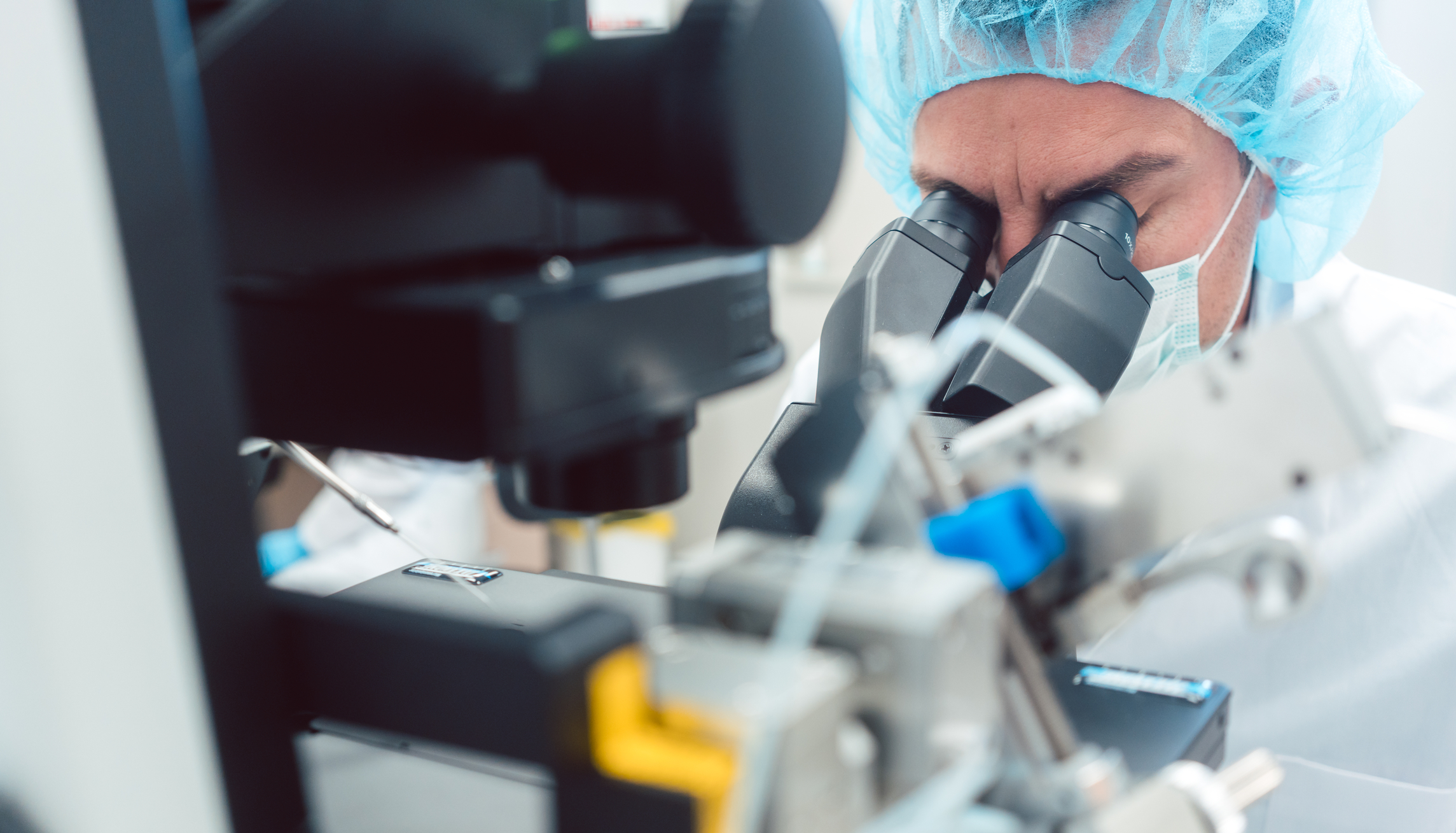




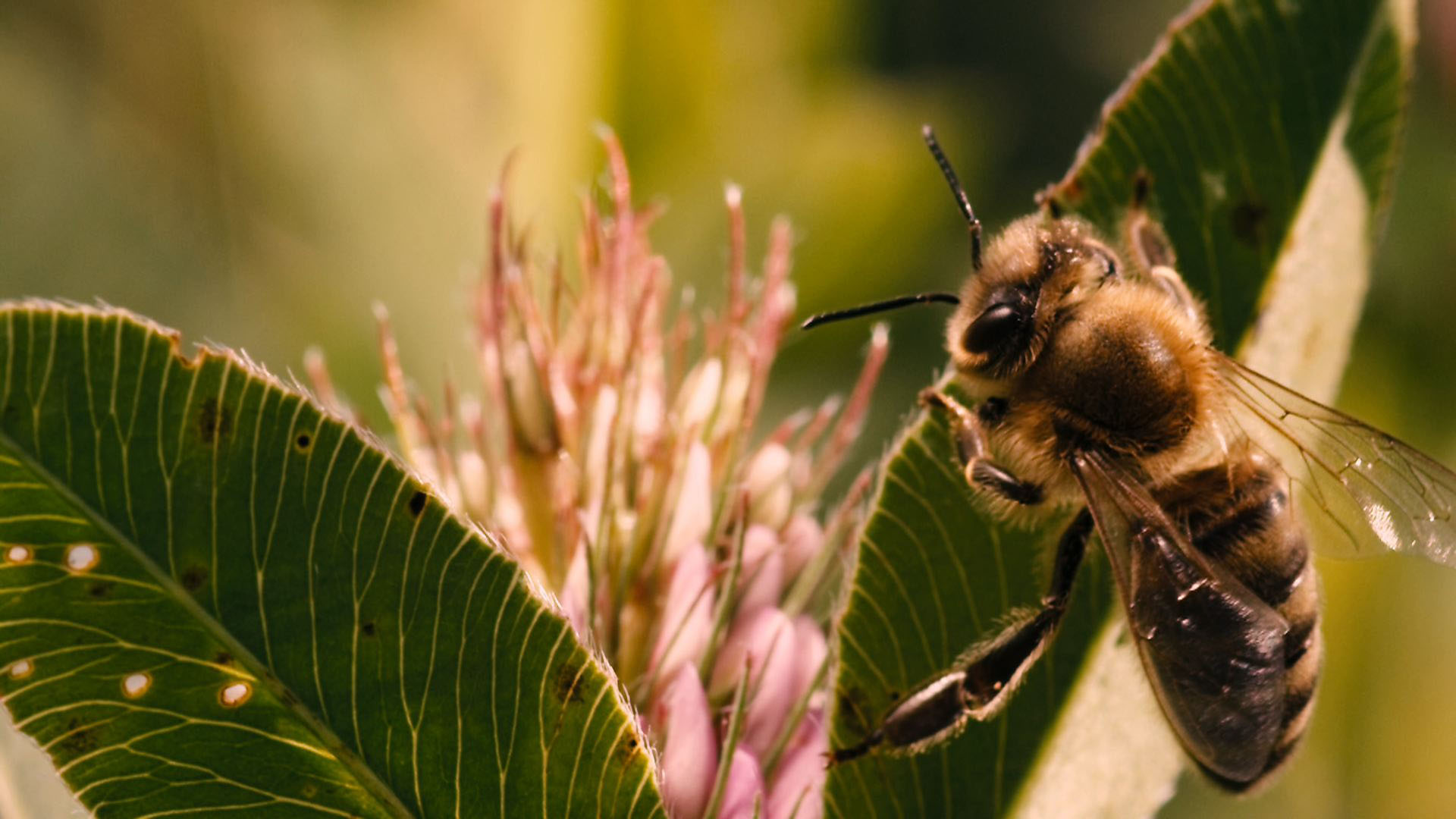
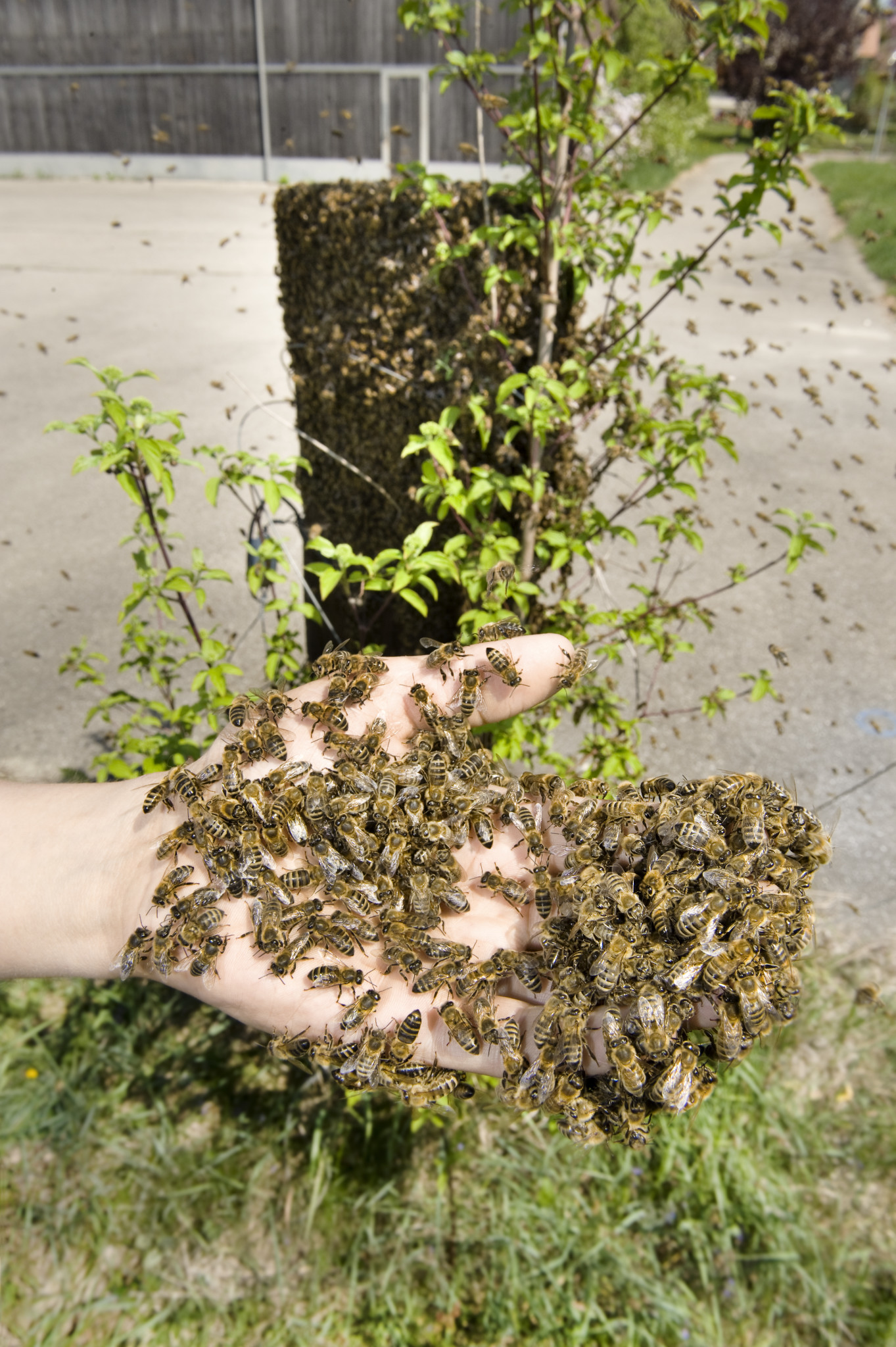
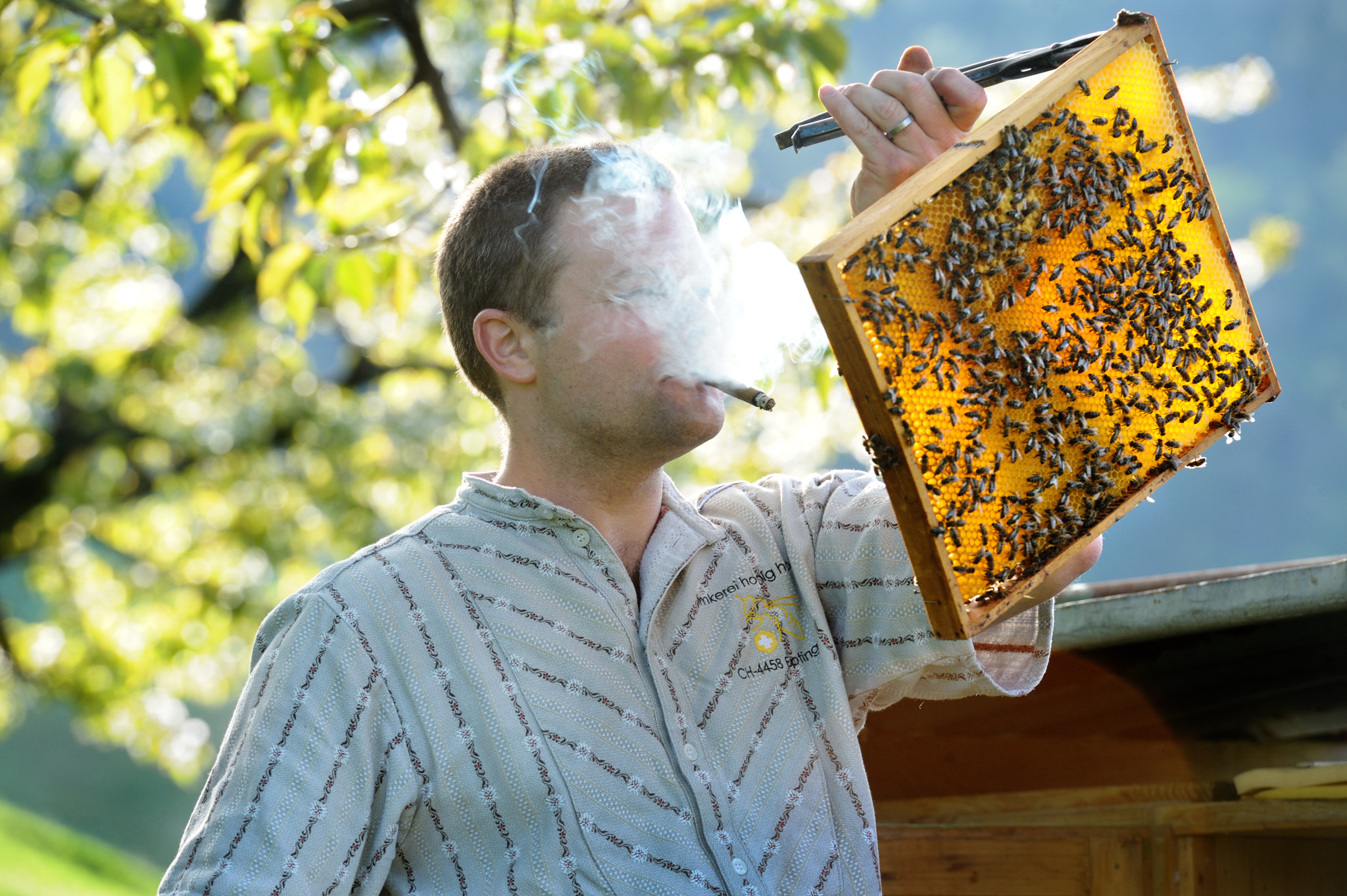
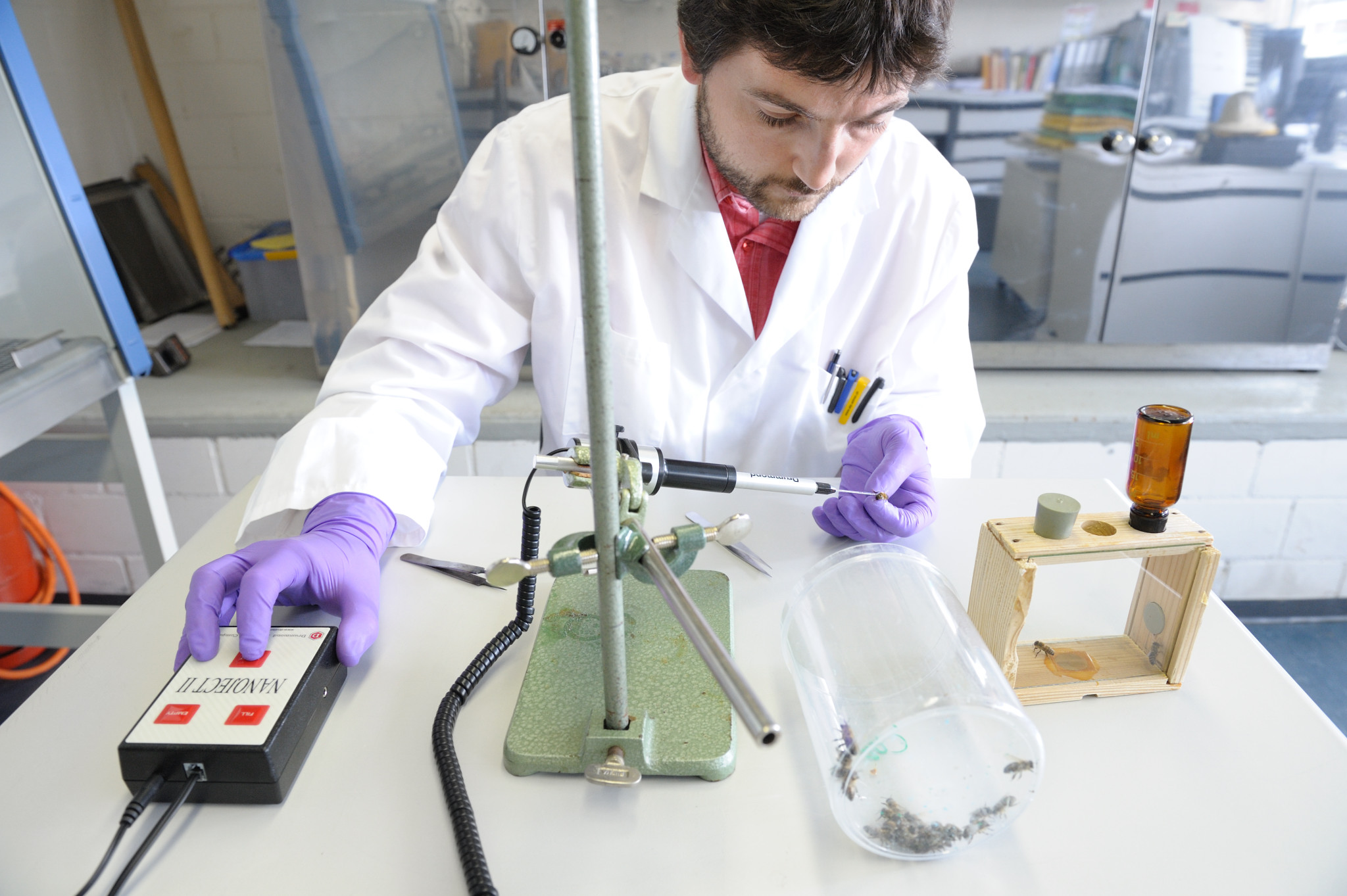
You can find an overview of ongoing debates with our journalists here . Please join us!
If you want to start a conversation about a topic raised in this article or want to report factual errors, email us at english@swissinfo.ch.